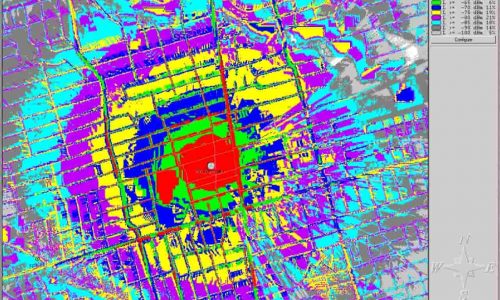The ability to route voice and data traffic over a single IP network is resulting in major cost savings for the telecom and enterprise operators as separate network functions are combined within one multi-purpose entity. This course provides an introduction to VoIP architecture, protocols, and implementation.
EXPECTED ACCOMPLISHMENTS
- Explore the VoIP objectives and standards
- Discuss the merits of VoIP
- Distinguish between TDM voice and VoIP
- Outline the VoIP nodes and network architecture
- Define Quality of Service in VoIP
- Identify challenges faced by VoIP .
- Review H.323 and call signaling.
- Define RTP, RTCP, and RSVP
- Define SIP Protocol
TARGET AUDIENCE
Professionals are interested in implementing Voice over IP (VoIP) in their local and enterprise networks.
COURSE DETAILS
Introduction to PSTN and VoIP
- PSTN Network Overview
- PSTN Services
- Packet Telephony Network Drivers
Voice Over IP Technology
- VoIP Standards
- Key Benefits of VoIP
VoIP and Quality of Service
- Delay
- Jitter
- Voice compression
- Echo
- Speech coding
H.323 Introduction
- H.323 Overview
- H.323 Elements
- H.323 protocol Suite
- Call Control Signaling
- RTP/RTCP
Gateway Control Protocols
- SDP Introduction
- MGCP Overview
SIP Introduction
- SIP Overview
- Session Initiation Protocol
- SIP Messages
- Basic Operation of SIP
VoIP Implementation – Case Study
- Cisco VoIP solutions
- Cisco VoIP Gateway
- Cisco IP Phones













